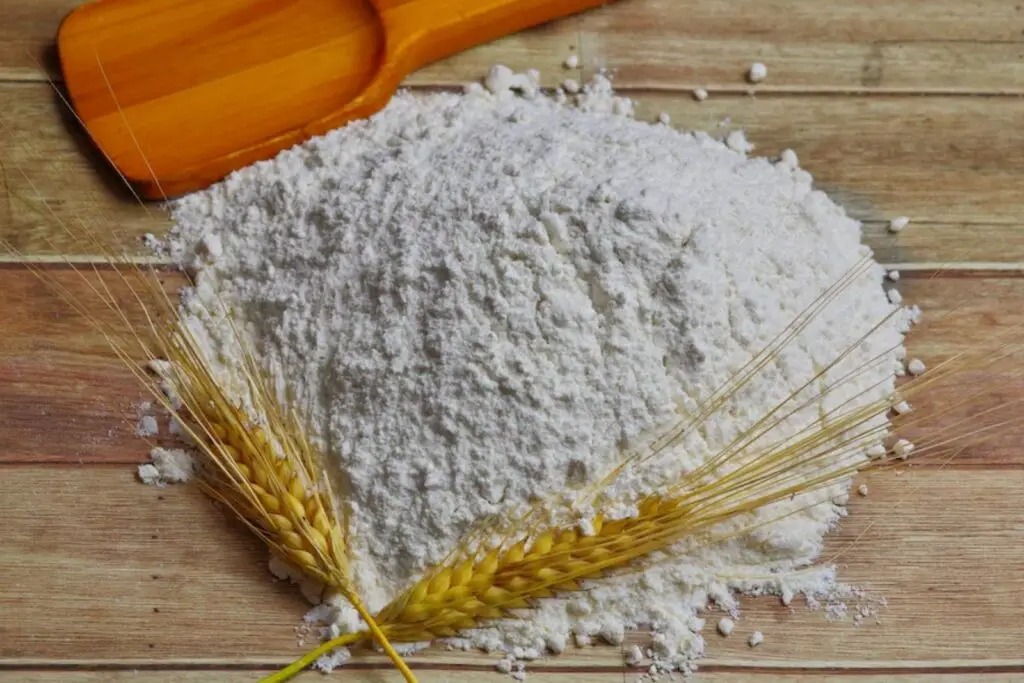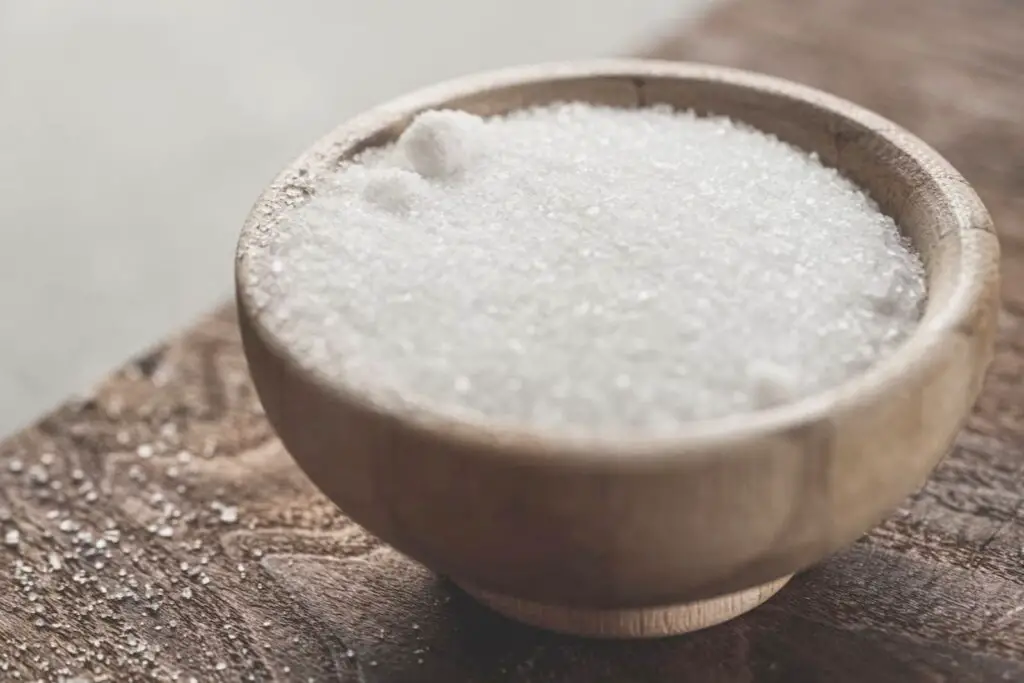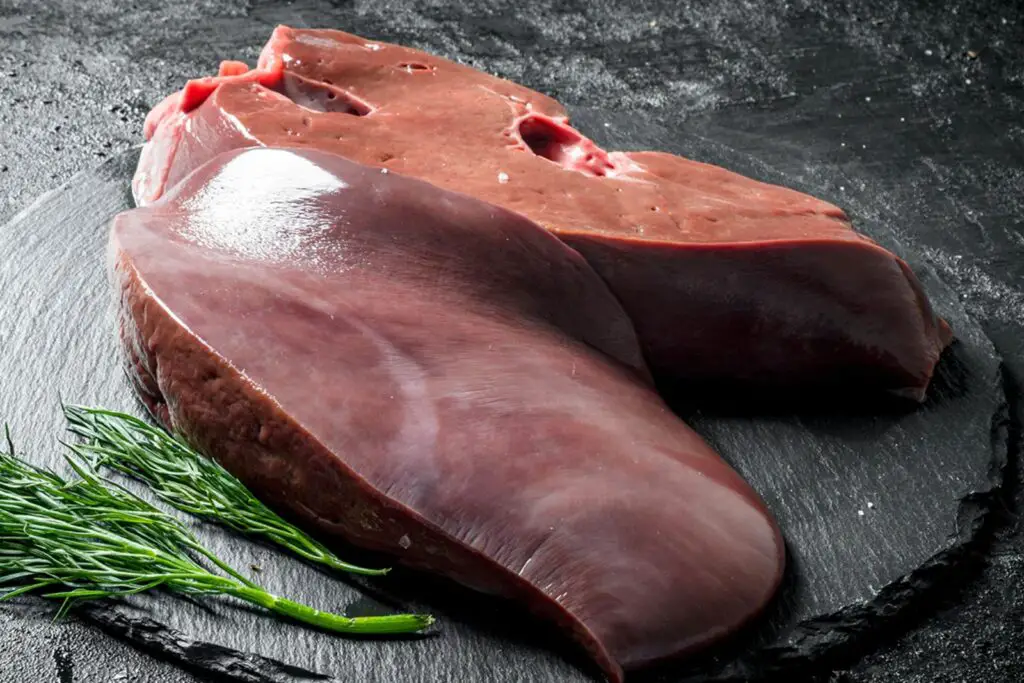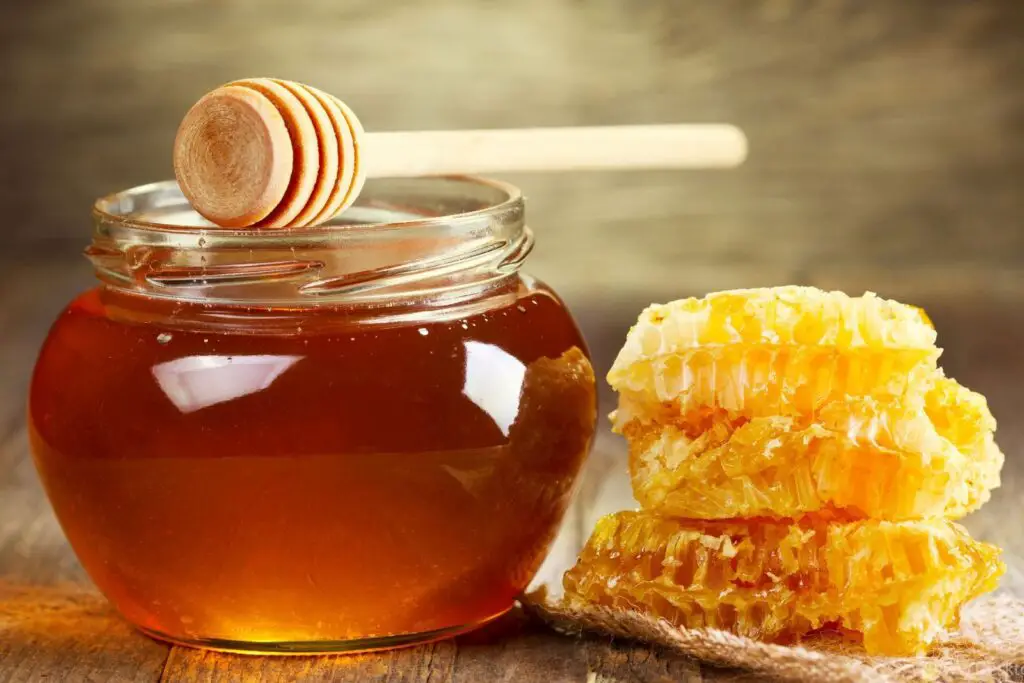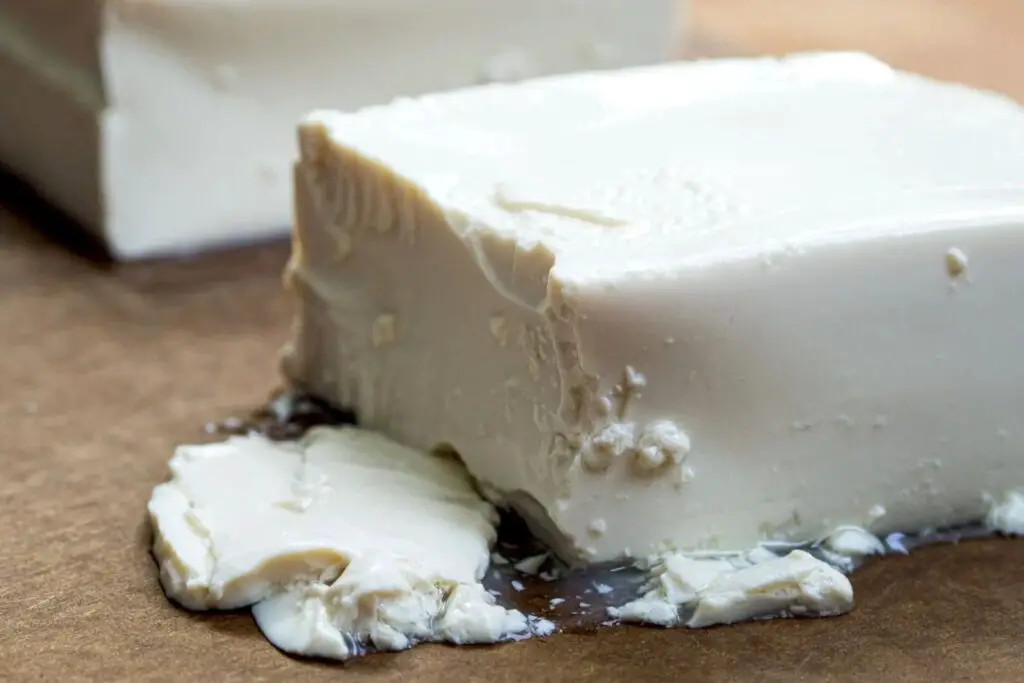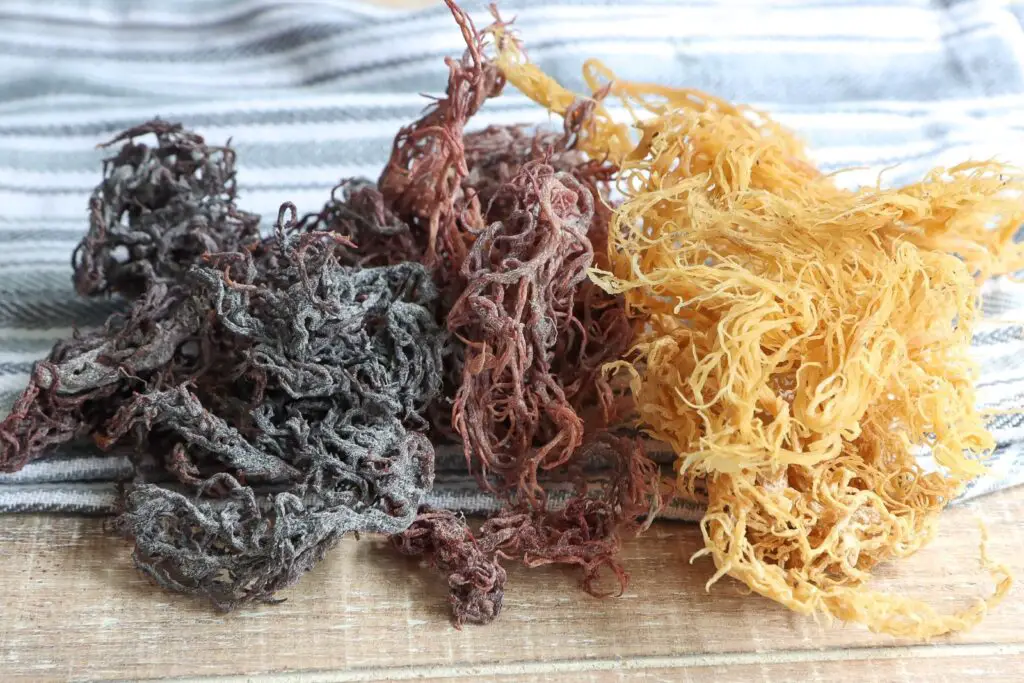
Corn syrup is a versatile sweetener that is commonly used in various recipes and food preparations. Whether you have excess corn syrup or want to stock up for future use, freezing it can help extend its shelf life. Freezing corn syrup is a simple process that can be done at home, ensuring that you always have a supply on hand when you need it. In this article, we will guide you through the steps to freeze corn syrup effectively, preserving its quality and ensuring its usability even after an extended period.
Here’s a comprehensive guide on how to freeze corn syrup:
Step 1: Check the Corn Syrup
Before freezing corn syrup, it’s essential to check the container for any signs of spoilage, damage, or contamination. This step is crucial to ensure that the corn syrup remains safe to use and maintains its quality during storage.
Inspect the container visually, looking for any visible signs of spoilage, such as mold growth, discoloration, or an off-putting odor. If you notice any of these indicators, it’s best to discard the corn syrup instead of freezing it.
Additionally, check the expiration date of the corn syrup. Most corn syrup containers come with a printed expiration date, indicating the recommended period for its consumption. Freezing corn syrup beyond its expiration date may compromise its quality and taste.
Furthermore, examine the container for any signs of damage, such as cracks, leaks, or broken seals. Damaged containers can allow air, moisture, or contaminants to enter, which can affect the corn syrup’s flavor and integrity. If the container shows signs of damage, it’s advisable to transfer the corn syrup to a new, airtight container before proceeding with the freezing process.
Can I freeze homemade corn syrup?
While it is technically possible to freeze homemade corn syrup, it is not commonly recommended. The consistency and quality of homemade corn syrup may be more prone to changes during the freezing process, potentially resulting in undesirable texture or separation. It is generally best to consume homemade corn syrup fresh or store it in the refrigerator for shorter-term storage instead of freezing it.
Step 2: Prepare Freezer-Safe Containers
To freeze corn syrup effectively, it’s crucial to choose appropriate freezer-safe containers. This step ensures that the corn syrup remains well-preserved, free from any contamination, and maintains its quality throughout the freezing process.
When selecting containers for freezing corn syrup, opt for options that are airtight and leak-proof. This prevents air from entering the container and causing freezer burn, while also preventing the syrup from leaking and creating a mess in the freezer.
Glass jars, plastic containers, or freezer bags are commonly used for storing corn syrup. Glass jars provide a sturdy and non-reactive option, while plastic containers are lightweight and resistant to breakage. Freezer bags, especially those designed for freezer use, offer flexibility and space-saving benefits.
Before using any container, ensure it is clean and dry. Washing the containers with hot, soapy water and rinsing them thoroughly removes any potential contaminants or residues. Drying the containers completely helps prevent the formation of ice crystals when the corn syrup is frozen.
Using clean and dry freezer-safe containers is essential to maintain the integrity and quality of the corn syrup. This step ensures that the containers don’t introduce any foreign substances or flavors that could affect the syrup’s taste or safety. By selecting appropriate containers and preparing them properly, you can confidently proceed to the next steps of freezing the corn syrup.
Step 3: Portion the Corn Syrup
If you have a large container of corn syrup, it’s advisable to divide it into smaller portions before freezing. This step offers several practical benefits and makes it more convenient to use the corn syrup as needed without thawing the entire container.
By portioning the corn syrup, you have better control over the amount you need to thaw for a particular recipe or use. Instead of defrosting the entire container, you can take out only the required portion, minimizing waste and preserving the remaining corn syrup for future use.
Dividing the corn syrup into smaller portions also facilitates faster and more even thawing. Smaller amounts of corn syrup thaw more quickly than a large frozen block, allowing for efficient and time-saving preparation. This is especially beneficial when you only need a small quantity of corn syrup for a recipe.
Additionally, portioning the corn syrup helps in maintaining the quality and flavor of the remaining syrup. Every time the container is opened and exposed to air during thawing, the corn syrup is susceptible to moisture absorption and potential contamination. By freezing smaller portions, you can minimize the frequency of thawing and reduce the chances of compromising the overall quality of the corn syrup.
To portion the corn syrup, you can use measuring cups or transfer the syrup into smaller, airtight containers suitable for freezing. Make sure to leave some headspace in each portion to accommodate expansion during freezing.
Step 4: Pour the Corn Syrup
Once you have prepared your freezer-safe containers, it’s time to pour the corn syrup into them. This step requires careful consideration to ensure proper freezing and prevent any potential issues during storage.
When pouring the corn syrup into the containers, leave some headspace at the top. This headspace allows room for the corn syrup to expand as it freezes. As liquids freeze, they tend to expand, and if the containers are filled to the brim, the expanding corn syrup may cause the containers to leak or burst, creating a messy situation in your freezer.
By leaving adequate headspace, you provide enough room for the corn syrup to expand without putting excessive pressure on the container walls. As a general guideline, leaving about 1/2 inch (1.27 cm) of headspace should be sufficient for most corn syrup containers.
It’s crucial not to overfill the containers, even if there seems to be extra space available. Overfilling can lead to similar issues as not leaving enough headspace, potentially causing leaks or container damage during freezing. It’s better to err on the side of caution and give the corn syrup enough room to expand comfortably.
To pour the corn syrup into the containers, you can use a funnel or a measuring cup with a spout to ensure a clean transfer and minimize spills. Take your time and pour the syrup slowly to avoid any mess or wastage.
Can I freeze corn syrup in its original container?
It is generally not recommended to freeze corn syrup in its original container. Most corn syrup containers are not designed to withstand freezing temperatures and may crack or break when exposed to extreme cold. Additionally, freezing corn syrup can cause expansion, leading to potential leakage or mess inside the freezer. It is best to transfer the corn syrup to a freezer-safe container or freezer bag before freezing to ensure proper storage and prevent any damage to the original container.
Step 5: Seal the Containers
After pouring the corn syrup into the freezer-safe containers, the next important step is to ensure that the containers are tightly sealed. Proper sealing plays a crucial role in preserving the quality, flavor, and overall integrity of the corn syrup during its time in the freezer.
Sealing the containers effectively prevents air and moisture from entering, which can lead to freezer burn, flavor degradation, and the formation of ice crystals. Corn syrup, like many other food items, can be susceptible to moisture absorption, resulting in changes in texture and taste.
To seal the containers securely, make sure to follow the manufacturer’s instructions for each type of container you are using. For example, if you’re using glass jars, ensure that the lids are screwed on tightly. If using plastic containers, ensure that the lids snap or lock firmly into place. Similarly, if using freezer bags, press out excess air before sealing and ensure a tight seal along the edges.
By preventing air from entering the containers, you minimize the risk of freezer burn, which can negatively impact the quality and taste of the corn syrup. Additionally, keeping moisture out helps maintain the syrup’s texture and consistency, preventing it from becoming overly thick or watery.
It’s also a good practice to double-check the seals to ensure they are properly closed. Gently press on the lid or container to ensure there is no give or air escaping. If you notice any loose seals or compromised closures, transfer the corn syrup to a new, properly sealed container to maintain its freshness and quality.
Step 6: Label and Date
Labeling each container of frozen corn syrup with the contents and the date of freezing is a crucial step in organizing your freezer and maintaining proper inventory management. By clearly marking the containers, you can keep track of the corn syrup’s age and prioritize its use, ensuring that you consume the oldest containers first.
Labeling the containers with the contents allows for easy identification. When you have multiple items stored in the freezer, clearly indicating that a container contains corn syrup saves you from guessing or opening containers unnecessarily. It helps you quickly locate and retrieve the specific corn syrup you need for a recipe or use.
In addition to labeling the contents, it’s important to include the date of freezing on each container. This information allows you to monitor the corn syrup’s storage time and ensures that you use it within a reasonable timeframe. Corn syrup, like other food items, can experience changes in quality over time, and by knowing the date of freezing, you can prioritize the use of the oldest containers first.
Proper labeling and dating of the containers also assist in inventory management. It helps you keep track of how much corn syrup you have stored and allows you to plan your usage accordingly. This prevents unnecessary waste or excessive accumulation of frozen corn syrup that may go unused for extended periods.
When labeling, use a waterproof marker or attach adhesive labels that won’t smudge or come off easily in the freezer’s cold environment. Place the label on the front or top of the container for easy visibility.
Step 7: Store in the Freezer
After properly sealing the containers of corn syrup, it’s time to store them in the freezer. Correct storage ensures that the corn syrup remains in optimal condition and maintains its quality for an extended period.
When placing the sealed containers in the freezer, consider the efficient use of space and ease of retrieval. Arrange the containers in a way that maximizes the available space in your freezer. You can stack them, place them side by side, or utilize any other method that allows for efficient storage while keeping them easily accessible.
It’s advisable to store the corn syrup in the coldest part of the freezer. Typically, this is the back of the freezer or the bottom shelf. The coldest areas of the freezer help maintain a consistently low temperature, minimizing the risk of temperature fluctuations that can affect the quality and texture of the corn syrup.
Avoid placing the corn syrup containers near the freezer door or in areas that may be subject to frequent temperature changes, such as the freezer’s top shelf. This helps ensure that the corn syrup remains frozen at a consistent temperature, preserving its taste and texture.
Additionally, it’s a good practice to keep the corn syrup containers away from strong-smelling foods or substances that could potentially transfer odors. Corn syrup can absorb odors easily, so storing it separately or in a dedicated section of the freezer can help maintain its original flavor.
Remember to keep the containers upright to prevent any leakage or spillage. If stacking containers, ensure they are stable and won’t topple over.
How long can I freeze corn syrup in the freezer?
Corn syrup can be frozen in the freezer for an extended period of time, typically up to one year. Freezing helps to preserve its quality and prevent spoilage. It is important to store the corn syrup in an airtight container or freezer-safe bag to minimize exposure to air and potential freezer burn. Regularly check the expiration date on the corn syrup packaging and label the container with the date of freezing for reference.
Step 8: Thaw and Use
When you’re ready to use the frozen corn syrup, it’s important to thaw it properly to maintain its quality and safety. Follow these steps to thaw the corn syrup effectively and ensure it’s ready for use in your recipes:
- Remove from the freezer: Take out the desired portion of frozen corn syrup from the freezer. Remember to use the oldest containers first, based on the labeled dates.
- Thaw in the refrigerator: Place the container of corn syrup in the refrigerator to thaw slowly. Thawing in the refrigerator helps maintain a controlled and consistent temperature, minimizing the risk of bacterial growth. Depending on the amount and size of the corn syrup, it may take several hours or overnight to thaw completely.
- Avoid room temperature thawing: It’s crucial to avoid thawing the corn syrup at room temperature or using quick-thaw methods like microwaving or placing it in warm water. These methods can create an environment conducive to bacterial growth and compromise the safety of the corn syrup.
- Check for complete thawing: Once the corn syrup has thawed in the refrigerator, check it for complete thawing. The syrup should be smooth and flowing, with no ice crystals or frozen chunks remaining. Gently stir or shake the container to ensure consistency if needed.
- Use in recipes: Once thawed, you can use the corn syrup as you would with fresh syrup in your recipes. It retains its original taste and texture, making it suitable for a variety of culinary uses. Measure the required amount and incorporate it into your recipes as directed.
Remember, once thawed, the corn syrup should be used promptly. If you have any leftover thawed syrup, you can safely store it in the refrigerator for a limited time, following the guidelines provided by the manufacturer or using your judgment based on the syrup’s overall condition.
Other related questions
Can I refreeze previously thawed corn syrup?
It is generally not recommended to refreeze corn syrup once it has been thawed. Freezing and thawing can affect the texture and consistency of corn syrup, and refreezing can further degrade its quality. Moreover, repeated temperature fluctuations can increase the risk of bacterial growth and spoilage. It is best to portion out the corn syrup into smaller quantities before freezing to avoid the need for refreezing and ensure optimal freshness.
How do I know if my corn syrup has gone bad?
To determine if corn syrup has gone bad, there are a few signs to look out for. First, check for any visible mold growth or discoloration in the syrup. If you notice an unusual odor, off-putting smell, or a sour or fermented scent, it may indicate spoilage. Additionally, changes in texture, such as graininess or clumping, can be an indicator of degradation. Lastly, if the corn syrup tastes off or has an unpleasant flavor, it is best to discard it to avoid any potential health risks.
Can I use frozen corn syrup with the fresh ones?
Yes, you can use frozen corn syrup with fresh corn syrup. Freezing corn syrup helps to preserve its quality, and when properly thawed, it can be used in the same way as fresh corn syrup. However, keep in mind that freezing may slightly alter the texture or consistency of the syrup. To ensure a uniform consistency, give the thawed corn syrup a gentle stir before using it in your recipes.
Does freezing affect the taste and texture of corn syrup?
Freezing corn syrup can slightly affect both its taste and texture. While the overall flavor profile of the syrup may remain intact, some individuals may notice a subtle change in taste due to the freezing process. Additionally, freezing can cause slight changes in the texture of corn syrup, potentially making it slightly thicker or altering its viscosity. However, these changes are usually minimal and may not be noticeable in most recipes.
Are there any precautions or considerations when freezing corn syrup?
When freezing corn syrup, it’s important to consider a few precautions. First, ensure that the container or freezer bag is tightly sealed to prevent air exposure and freezer burn. Secondly, leave some headspace in the container or bag to allow for expansion during freezing. Lastly, store the corn syrup in a part of the freezer with stable temperatures to maintain its quality and prevent any flavor or texture changes.

